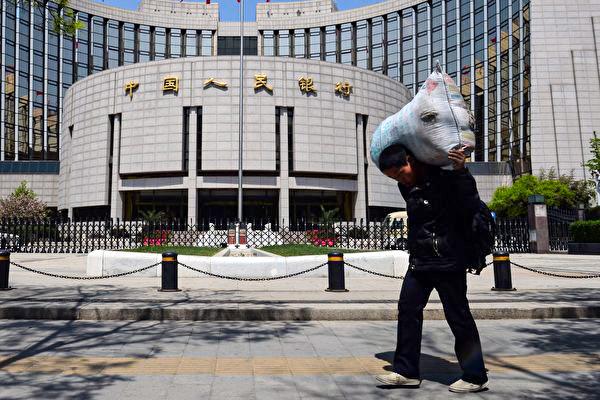Commentary
Disinflation in China is one of the eye-catching macroeconomic phenomena against the backdrop of global high inflation. Look at the other BRICS countries: India’s latest inflation stands at 7 percent, South Africa at 8 percent, Brazil at 9 percent, and Russia at 14 percent. China? Below 3 percent. Real estate and debt deleveraging (reducing debt) must be accountable for the disinflation. This is what Japan experienced from the 1990s to last year. Even Japan is now seeing 3 percent inflation which is higher than that of China. From now on, we have to introduce a new label “Asia ex-China” to replace “Asia ex-Japan.”





